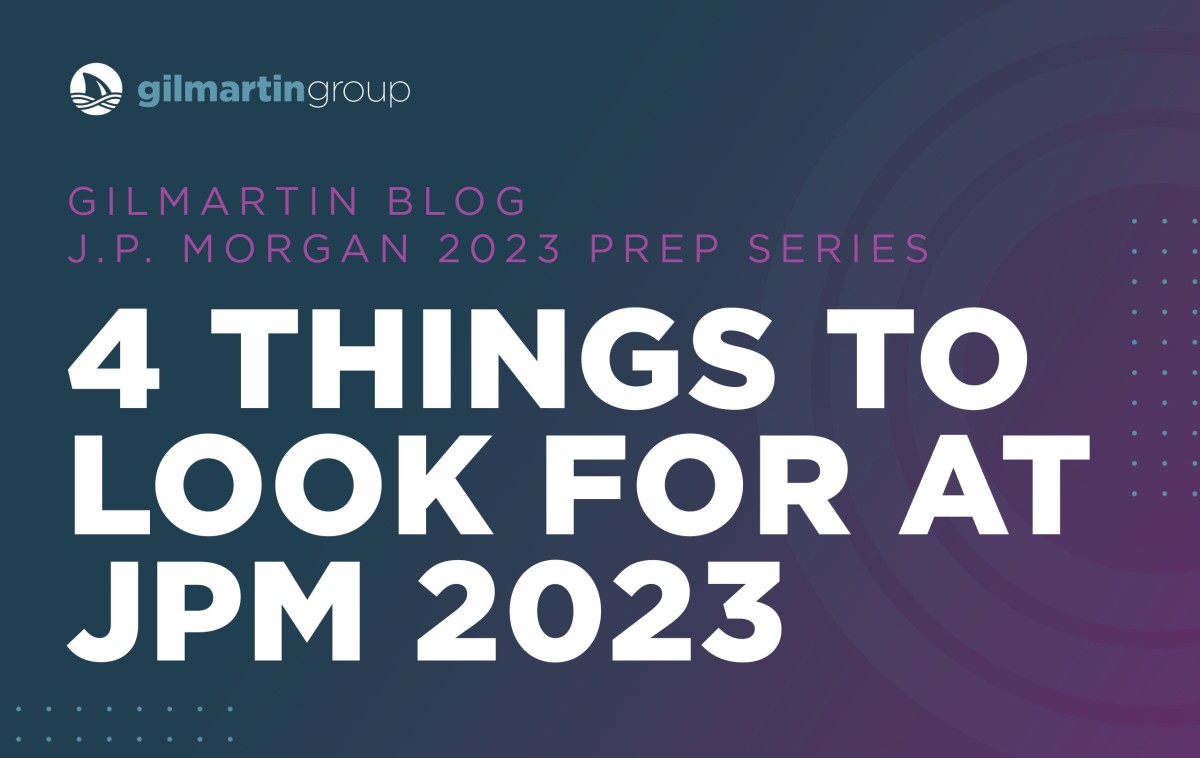After a two year COVID-related hiatus, healthcare executives, investors, research analysts, bankers, and venture capitalists are once again headed back to San Francisco to meet with corporate management teams and greet old friends. While COVID-19 has somewhat loosened its grip on the U.S., its repercussions are still being felt in every industry, especially healthcare. Throughout the next week, tens of thousands of corporate presentations and 1×1 meetings will occur within a quarter mile of Union Square—most (if not all) of which we expect to touch upon these four topics:
- The U.S. economy
- Hospital staffing
- Foreign exchange rates
- 2023 financial guidance
The U.S. Economy
Starting with the elephant in the room, the state of the U.S. economy. In the first quarter of 2022, the federal funds rate was approximately 0%, and the Federal Reserve continued stimulating the economy by buying billions of dollars of bonds every month to ward off a potential COVID-related slowdown. Fast forward to today, the Federal Reserve has increased rates seven times in the last ten months to a rate of 4.50% as it tries to slow the overheated U.S. economy. Based on the Market Probability Tracker from the Federal Reserve Bank of Atlanta, the probability of an additional rate hike of 25 bps on March 13, 2023 is 92%, which would move the federal funds rate to a level not seen in over 15 years.
The question on everyone’s mind is, has the Federal Reserve raised rates so quickly that a recession is inevitable? According to a recent Washington Post survey of eight major banks, 75% of the participants predict a mild to modest recession starting sometime in the early spring or summer. In contrast, 25% believe the U.S. will “narrowly avoid” a recession. Recession or not, the rapid increase in rates has helped to lower inflation rates, including gasoline and food prices. Unfortunately, higher interest rates also typically lead to lower job openings, home sales, and equity valuations, all of which have occurred. With that in mind, investors will be listening very closely to the comments made by corporate management teams to help determine if the U.S. economy is destined for a 2023 recession.
Hospital Staffing
During the third quarter’s earnings cycle, over half of the 75 medtech companies we track cited a shortage in hospital staffing or the generic “macroeconomic headwinds” as a factor for a current or potential slowdown in sales. While hospitals typically deal with worker burnout and staff turnover annually, COVID has exasperated these issues. This phenomenon, coupled with increasing wages, has created problems for hospitals nationwide. With limited staff, hospitals have no choice but to postpone certain elective surgeries in favor of emergency procedures or surgeries with higher returns. As a result, we expect hospital staffing will be a hot-button question next week, and we will track this issue closely.
Foreign Exchang Rates
Starting in May 2021, the U.S. Dollar Index increased over 25%, peaking in late September 2022 at 114.10. While a strong dollar is great for companies looking to purchase foreign goods in a local currency, it hurts companies that sell their products in foreign currencies, as they must convert these foreign sales back to U.S. dollars. Throughout the third quarter earnings cycle, many of the larger healthcare companies mentioned the strong U.S. dollar as a reason for slower year-over-year revenue growth. Fortunately for these companies, the U.S. Dollar Index has decreased approximately 9% from its September high. While predicting foreign currency changes is best left to the experts, we expect most large healthcare companies attending the J.P. Morgan Healthcare Conference to call out foreign currency exchange rates during their presentations and 1×1 meetings.
2023 Financial Guidance
Last and certainly not least, 2023 financial guidance. First, the data. Based on the companies we track in the Medtech and Diagnostics sectors, the trend of pre-announcing financial results and providing forward guidance increased before the COVID-19 pandemic. However, this trend reversed over the past two years. As a reminder, the past two J.P. Morgan Healthcare Conferences have been conducted virtually.
- 2016: 23% pre-announced; 9% provided guidance for the upcoming year
- 2017: 28% pre-announced; 11% provided guidance for the upcoming year
- 2018: 39% pre-announced; 17% provided guidance for the upcoming year
- 2019: 38% pre-announced; 17% provided guidance for the upcoming year
- 2020: 27% pre-announced; 14% provided guidance for the upcoming year
- 2021: 23% pre-announced; 11% provided guidance for the upcoming year
In the past, we have advised companies to consider factors like the finality of the financial results and investor preference for consistency before pre-announcing and providing forward guidance during the week of the J.P. Morgan Healthcare Conference. However, we think this year is different based on the previous three topics we have discussed, and we expect the number of companies providing 2023 financial guidance could be less than 10%. For those companies that do, investors will be listening intently to help formulate their own thoughts on what 2023 could mean for healthcare stocks.
Conclusion
Next week, San Francisco will once again be overrun with healthcare investors, analysts, bankers, and corporate management teams overpaying for food, drinks, and hotels, all the while hoping to hear incremental information to help shape their investment decisions for 2023. Bring an umbrella.
Have fun, stay safe, and here’s to a better market in 2023!
Authored by: Greg Chodaczek, Managing Director, Gilmartin Group

